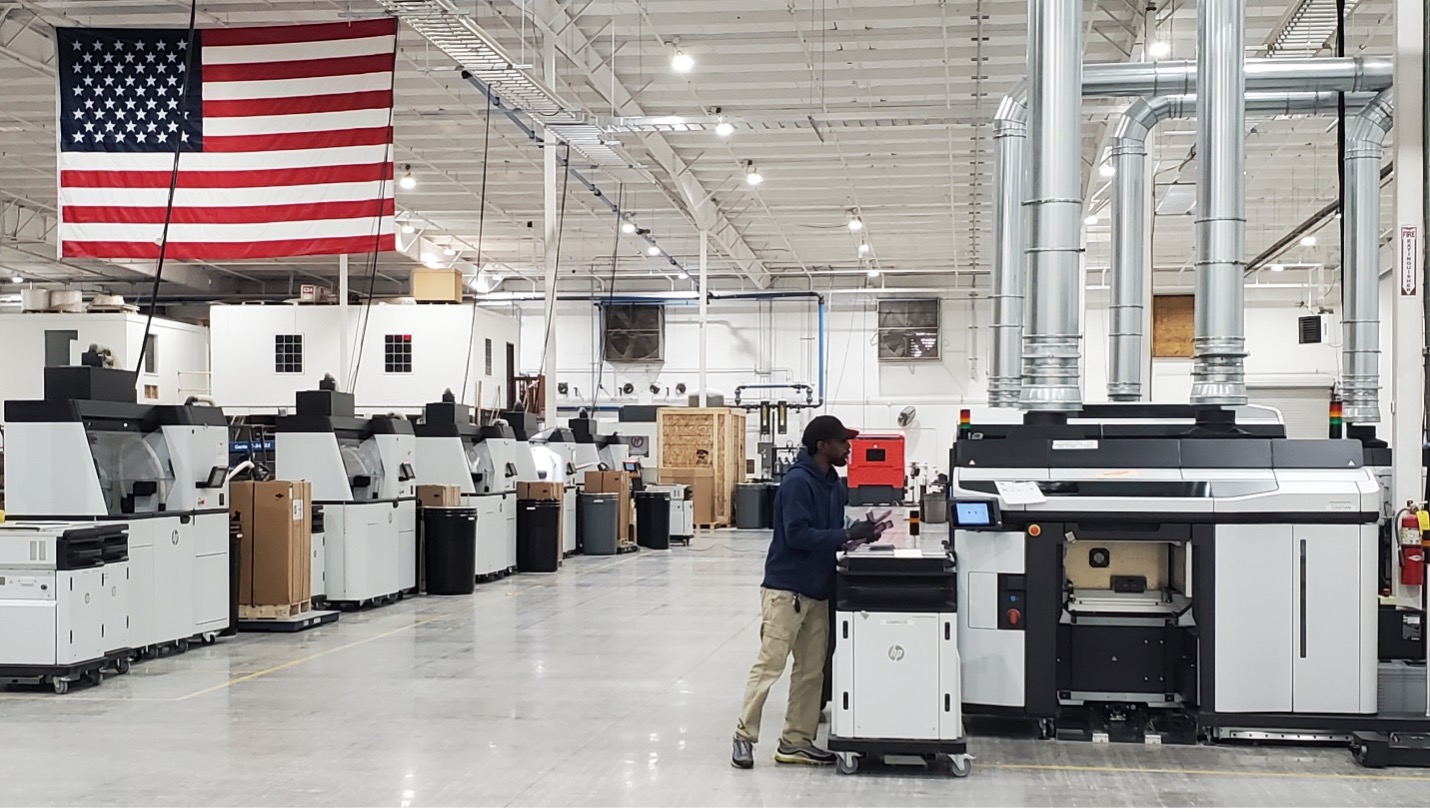Bringing 3D Printing Home: How American Manufacturers Are Reclaiming Additive Manufacturing

Reshoring: Bringing Manufacturing Back Home
In an era of global economic shifts, reshoring has emerged as a strategic game-changer for businesses seeking to reclaim their manufacturing roots. This transformative approach involves companies bringing production and manufacturing processes back to their home country, moving away from traditional offshore strategies.
Recent data from Forbes reveals a compelling trend: nearly two-thirds of U.S. companies are rethinking their global manufacturing strategies. The 66% of businesses currently exploring reshoring represent a significant pivot in corporate thinking, driven by a complex mix of economic, geopolitical, and strategic considerations.
What's driving this remarkable shift? Companies are discovering that domestic manufacturing offers numerous advantages, including greater supply chain control, reduced logistics complexities, enhanced product quality, and the ability to support local economies. By bringing production closer to home, businesses can respond more quickly to market demands, minimize international shipping risks, and create jobs within their home country.
As global dynamics continue to evolve, reshoring stands as a powerful testament to the changing landscape of modern manufacturing, signaling a new era of strategic economic decision-making.

